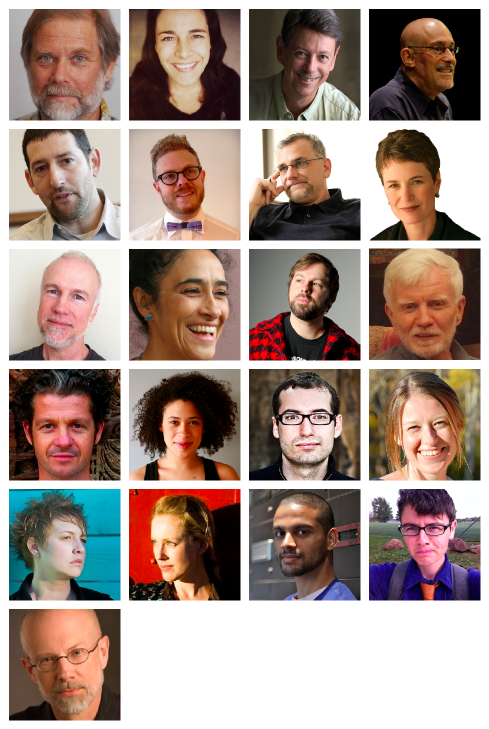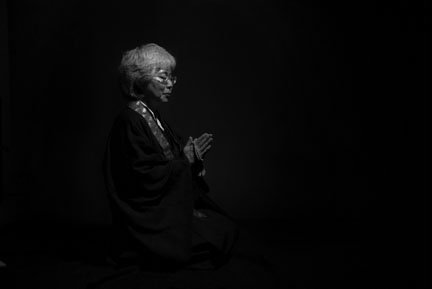Midterm elections have passed, and they sure have been painful for West Coast espresso-powered liberals like me. My greatest relief of the night was to see that Sharron Angle will not be representing Nevada in the Senate next year.
The Buddhist blogs indeed have been following the election—but with a special emphasis on white male candidates. Sift back through this season’s articles to see Tricycle reminisce about Jerry Brown, while Shambhala Sunswoons over Eric Schneiderman.
Four years ago, there was some excitement around Representatives Mazie Hirono and Hank Johnson, both of them Democrats who identify as Buddhists. Both held their seats last night. But if you’ve only been following Shambhala Sun and Tricycle, you’ll have missed out on Democrat Colleen Hanabusa, who took back Hawaii’s First congressional district from the Republicans, defeating Charles Djou. Oh, and she’s Buddhist too.
Just take that in for a moment. Next year’s Hawaiian congressional delegation to the House will be a team of Asian American Buddhist women!
Now, I realize that Jerry Brown and Eric Schneiderman were coverd by Shambhala Sun as “mindful politicians,” not necessarily as “Buddhists.” But it leaves a bitter taste in my mouth when the highest profile of the American Buddhist media swarm around white candidates who don’t identify as Buddhist, while ignoring the non-white candidates who do.
Welcome to the all-inclusive Western Buddhist community.
Update: After this post was published, the following blogs set aside the time to write about those elected Buddhist congressfolk: Barbara’s Buddhism Blog, Dangerous Harvests, Shambhala Sun Space, Rev. Danny Fisher and Tricycle Blog.




